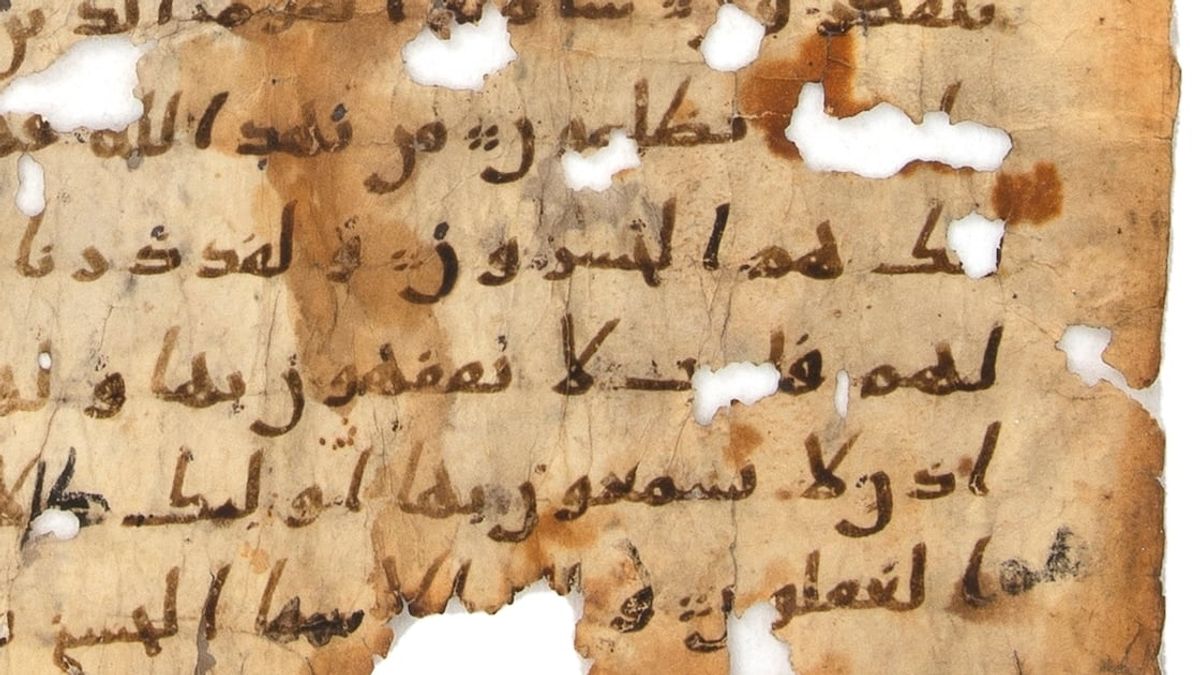At The European Fine Art Fair in the Netherlands, a rare Quranic manuscript, believed to be written merely two decades after the Prophet Mohammed’s death, is set to captivate attendees. This parchment, originating from the Hijazi region of the Arabian Peninsula, underscores a pivotal moment in Islamic history, coming from a UK private collector’s library. Roxana Kashani, a Near East and Islamic specialist, highlights its significance, stating it offers a tangible connection to the dawn of Quranic transcription.
Unveiling a Treasure
The manuscript’s Hijazi script points to its origins in the Hijaz, a region significantly influenced by the Prophet Mohammed. Kashani’s research positions the folio amongst the earliest Quranic writings, emphasizing its monumental role in Islamic history. This discovery not only enriches our understanding of early Islamic culture but also challenges previous perceptions of Quranic manuscript dating. The scarcity of Hijazi Quran fragments makes this sale an extraordinary event, given that most are preserved in select museums and private collections globally.
The Context of Rarity
Comparatively, the manuscript predates the iconic Book of Kells, an illuminated manuscript gospel book in Latin, by over a century, setting a new precedent for the timeline of significant religious texts. The manuscript’s preservation and forthcoming sale provide a rare opportunity for collectors and scholars alike to own a piece of history that bridges centuries of Islamic tradition. This contextualizes the manuscript’s rarity and historical value, situating it among just a handful of 7th-century Hijazi Qurans discovered to date, including those housed in prestigious institutions like the Bibliotheque nationale de France and the National Library of Russia.
Implications and Reflections
The sale of this Quranic manuscript at The European Fine Art Fair not only underscores the enduring legacy of Islamic scholarship but also invites reflection on the cultural and religious significance of such artifacts. As attendees and potential buyers converge on Maastricht from March 7 to 14, the manuscript stands as a testament to the rich history of Quranic preservation and the intricate journey of Islamic manuscripts from their inception to the modern day. This event bridges past and present, offering a glimpse into the profound depths of Islamic heritage.

